We travel, initially, to lose ourselves; and we travel, next to find ourselves. We travel to open our hearts and eyes and learn more about the world than our newspapers will accommodate. We travel to bring what little we can, in our ignorance and knowledge, to those parts of the globe whose riches are differently dispersed. And we travel, in essence, to become young fools again- to slow time down and get taken in, and fall in love once more. - Pico Iyer
Exchange rate: Rand 1 (R): West African Franc 40,46 (XOF)
The West African franc is the currency of eight independent states in West Africa: Benin, Burkina Faso, Guinea-Bissau, Ivory Coast, Mali, Niger, Senegal and Togo10-13 September 2019, Cotonou BENIN
Guesthouse Haie Vive 10,000XOF (R250 dorm first night); 12,000XOF (R300 subsequent nights)
First order of business on arrival in Cotonou*, other than finding a bed to sleep in, was to eat a pizza at Livingstone. Second order of business, apply for our Ghana visas. We had been told travellers were finding these difficult to obtain if not citizens of or residents in the country in which they applied. We went well-prepared, with a letter of invitation from the head of a known NGO in Ghana, and were simply told to collect our visas 48 hours later. We suspect our South African citizenship may have played a role, rather than our boy scout preparedness. Having collected the passports Friday, it was immediately off to the Ivory Coast consulate; we can collect our Côte d’Ivoire visas Tuesday at 16:00. Hallelujah.
*The passengers applauded when the pilot landed us safely in Cotonou. And I was stopped and my luggage searched by a narcotics official, who broke open one of Charl’s pills I was carrying to test it with his drug kit.
On one of our visa waiting days, we visited the Fondation Zinsou fabric exhibition, called Wax Stories, and spent a couple of hours there with charming Irene and her broken English, more than adequate for us to grasp the extraordinary history and silent communication of fabric in west Africa. The fabrics popular here originate from the batiks of Indonesia, batik being natural fabric dyed using wax to delineate between dyes. The Dutch initially brought batik to Africa and continue to this day to design, with local input, and manufacture batiks for sale throughout west Africa. Both men and women wear brightly dyed and patterned fabrics: men usually in slim-fitting trousers with a tunic-shirt; women in fit-n-flare outfits on occasion, but more often with the fabrics wrapped sarong-style around their hips to form a longish skirt.
As a general rule, women were the sellers of fabric, and grew rich off a vibrant trade. It is easy to see that as both men and women required a multitude of fabrics to say a multitude of things, this made for good business. (We came away unclear as to how much communication happens via fabric in the modern world, but this is certainly fairly recent history.)
Something we knew nothing about was the silent messages contained in the fabric design. These varied from country to country, with on occasion the same pattern taking on different meanings, and could be simple or complex, blatant or subtle. We saw a fabric called Mosquito, the pattern derived from a mosquito coil; pretty, but mundane. We saw a fabric called Gogo Loto, meaning Beautiful Bottom, a fabric to brag in. Others declare the wearer to be beautiful or rich or fertile. Groto denoted a rich man with many wives; Koliko an ungrateful man. Some contained political messages, such as Trois which records political discord between three Gabon Ministers and would have been worn to show discord within a home or between friends. One was called simply Devaluation, a commentary on economics. The same fabric might have had a different name and meaning in, for example, Benin and Ivory Coast. One that particularly amused us was known as Placenta in Benin, and Brain of Kofi Annan in Côte d’Ivoire.
Fabric was an important way for couples to communicate when they could not find the words. One fabric pleads with an errant spouse to return; another says “I am walking away”; another expresses jealousy, this one with a pattern of long sharp fingernails derived from the jealous wife of a real-life president. Fabric was also an important gift from a “husband” to his “bride” in traditional marriages. (I have placed husband and bride in quotes as traditional marriages are not legal in Benin. A man may legally marry only one woman (at a time), but might take several other wives via traditional marriage. Irene is a first and legal wife, opposed to her husband taking other wives. Her family have told her that if he chooses to do so, it is his cultural right and that she should accept it. She told us her mother died young because she could not reconcile with her father having four other wives. While she cannot prevent her husband taking additional wives, she can divorce him, though this seemed a radical option even in 2019.) One fabric welcomes the bride into the husband’s family; another pays respects to the head of the bride’s family. A sad section, showcased fabrics through which more powerful or popular wives could undermine lesser wives. For example, a pregnant wife could brag about her pregnancy as a sly message to a bride who has proved infertile.
Within walking distance of our guest house, we ate pizza at Livingstone, Chinese at Jin Lin, salmon salad at La Brasserie, spaghetti bolognaise at Casablanca, and ice cream and crepes at the very popular Festival les Glaces. Such luxury.

Fondation Sinzou

Fondation Sinzou
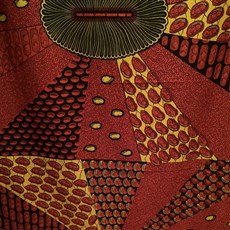
Fondation Sinzou
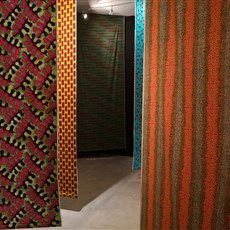
Fondation Sinzou
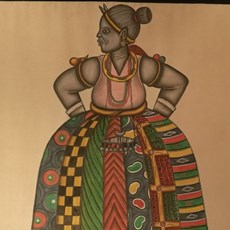
Fondation Sinzou
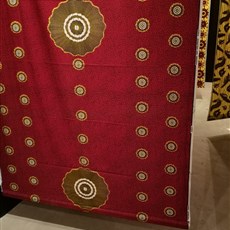
Fondation Sinzou
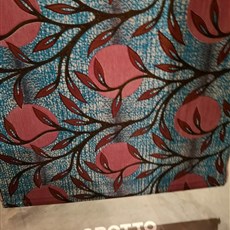
Fondation Sinzou
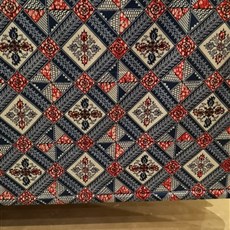
Fondation Sinzou
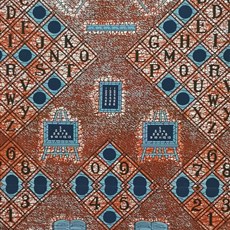
Fondation Sinzou
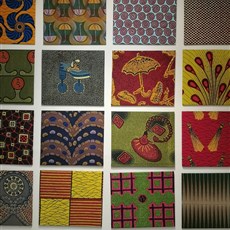
Fondation Sinzou
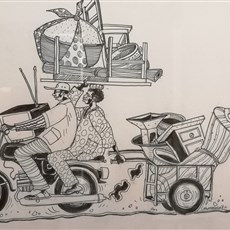
Fondation Sinzou
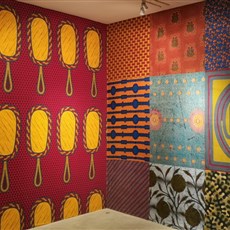
Fondation Sinzou
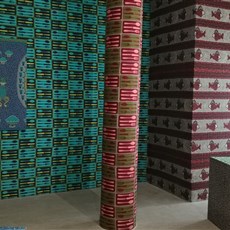
Fondation Sinzou
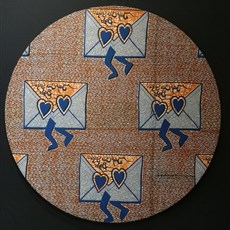
Fondation Sinzou
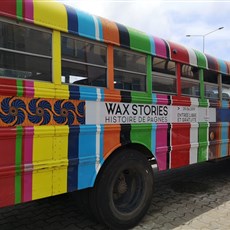
Fondation Sinzou
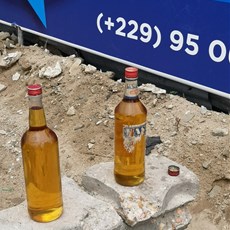
Petrol for sale, Cotonou
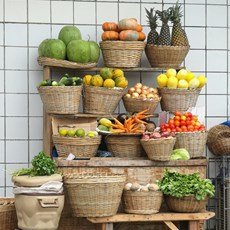
Cotonou
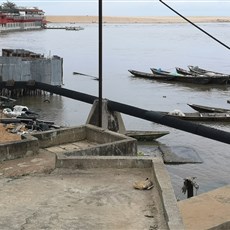
Ancien Pont - old bridge, Cotonou
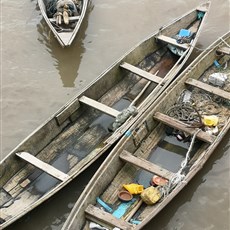
Ancien Pont - old bridge, Cotonou
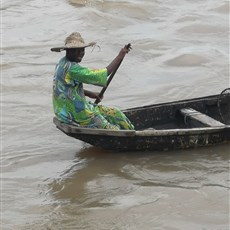
Ancien Pont - old bridge, Cotonou

Ancien Pont - old bridge, Cotonou
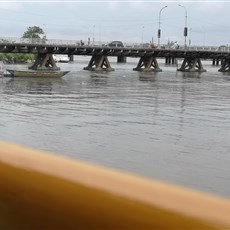
Ancien Pont - old bridge, Cotonou
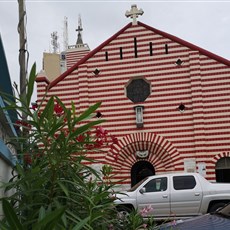
Cathedral Notre Dame, Cotonou